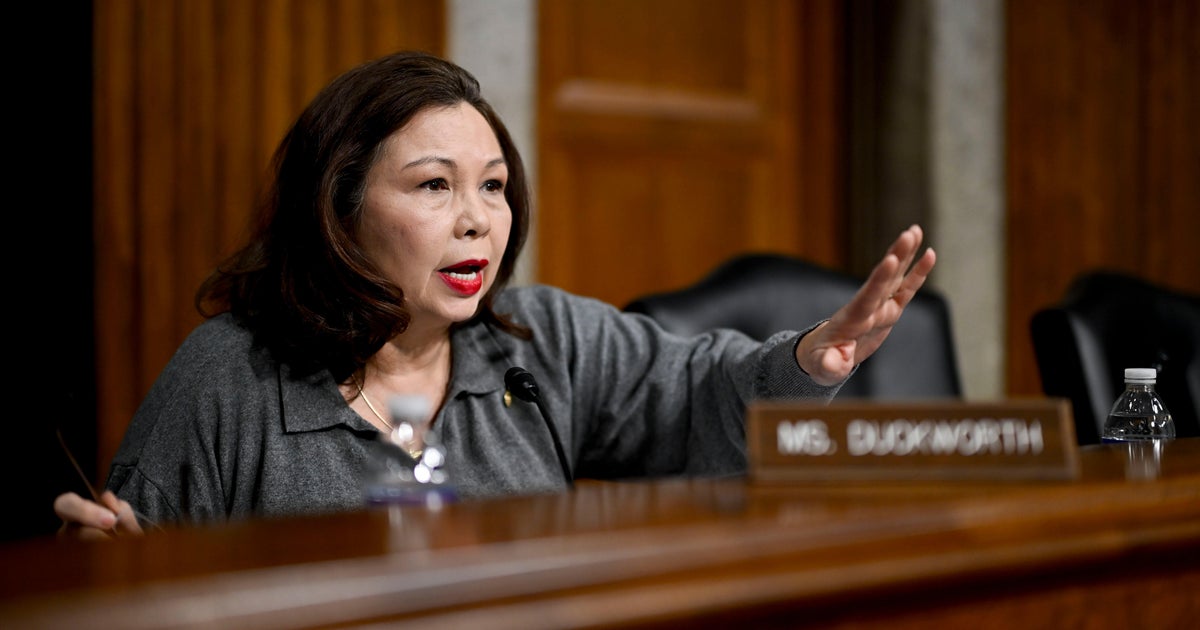The neighborhood of La Jolla has always seen itself as separate from the rest of the city; a beachfront hideaway for Southern California’s cloistered elite. But it’s not necessarily the neighborhood’s fault. The world also entertains the fantasy.
Announcers for the yearly Farmers Insurance Open golf tournament have repeatedly welcomed viewers to La Jolla, California. Recipients of The Nobel Prize are frequently described as working at La Jolla’s UC San Diego – an unsurprising oversight for a committee that awards no prize in geography. But the geographic-minded United States Postal Service isn’t any better. USPS advises mail sent to the 92037 ZIP code be addressed to “La Jolla.”
But the Nobel Prizes, the Farmers Insurance Open, the receipt of letters, all of it occurs in San Diego. Not La Jolla. Because the city of La Jolla does not exist. Despite its special treatment, the neighborhood is no different from City Heights, Ocean Beach or Tierrasanta.
That fact hasn’t sat well with many in the wealthy enclave, who have for more than 70 years pushed for an independent La Jolla. At the root of the schism lies both tangible infrastructure complaints and a more vibes-based sense that the neighborhood is just different. Now, that secession movement has reawakened – and advocates are taking more concrete steps than ever before to make the split stick.
The Association for the City of La Jolla
It’s far from the first time San Diegans living in the La Jolla neighborhood have tried to go their own way. Secession attempts date back to the 1950s and every generation seems to get a flareup of the independence itch.
In the 1950s the group leading the charge was Independent La Jolla, in the 1960s it was La Jolla Inc., in the 1990s it was Incorporate La Jolla and in the 2000s it was Independent La Jolla once again. Now, it’s the Association for the City of La Jolla.
Though the names have changed, secession has always seemed unlikely.
For one, cities rarely give territory up. With extra land comes extra tax dollars from the homes that sit atop it.
It’s also telling that those in political power have largely stayed mum about the effort. Take Councilmember Joe LaCava. He lives in the La Jolla neighborhood and represents it on the San Diego City Council. If La Jolla seceded, LaCava could no longer serve on the City Council.
You’d think someone whose political career is in jeopardy should the neighborhood secede would have an opinion. But when I asked LaCava’s staff about his thoughts, they declined to comment, saying only that he had not taken a position.
Advocates with the Association for the City of La Jolla tend to focus on the fiscal reasons they believe La Jolla should separate. In a nutshell, they feel their needs have long been neglected and they would be the ones best suited to decide how their tax dollars best get spent. Those neglected concerns include that the area’s roads are crumbling and that emergency response times are slow. If an independent La Jolla was able to keep the tax money its wealthy citizens raised, the thinking goes, these problems could be solved.
Trace Wilson, who was born and raised in the La Jolla neighborhood, is one of the organization’s board members. A USC- and MIT-educated architect, Wilson spent two decades in Los Angeles working on projects meant to beautify cities and make them more pedestrian friendly. When he returned home to the neighborhood of La Jolla, he said he was struck by the “decaying urban realm.” As he drove downtown from his home, he would think “Someone has got to be on top of this, because this is nothing like what I witnessed up in Los Angeles.”
But to him, it didn’t seem like anyone was on top of it.
“There is no thought. There is no comprehensive plan for what’s going on,” Wilson told me.
Communities across San Diego have similar complaints, and many of them are warranted. A recent city report, for example, shows that the neighborhood’s streets are indeed bad, but other neighborhoods have it worse.
A newly independent La Jolla would be able to prioritize how its tax revenue is spent, Wilson said. The city would also, at least initially, have to contract services like fire and police from San Diego, which could bring in millions, he argued.
The Vibes Side
In 2023, the La Jolla Town Council discussed the idea of separation. Vijay Roy was an incoming junior at La Jolla High School at the time. He went to the meeting and noted that much of the buzz wasn’t generated from the prospect of better streets.
“The main excitement around an independent La Jolla was in the fact that the more affluent and homogeneous community could finally call itself separate,” Roy wrote in an opinion piece for the Union-Tribune.
This has always been the most important idea at the heart of the secession movement, he wrote.
“It is impossible to understand the detachment proposal of La Jolla without understanding the inherently symbolic nature of such a move,” Roy wrote. “Here, as has happened throughout history, the wealthy wish to cast themselves away from the poor.”
And the neighborhood of La Jolla is wealthy. The median income of the ZIP code encompassing the La Jolla neighborhood is $136,600, about 30 percent higher than that of San Diego as a whole. It also has some of the highest home prices of any area in the city.
With that wealth has come representation. A 2012 column about a previous secession attempt pointed out that five of the past six District 1 councilmembers lived in La Jolla. In the years since, LaCava has won twice. Assuming LaCava finishes his second term, from 1975 to 2029, there will have only been eight years during which someone who didn’t live in the neighborhood was on the City Council.
But the neighborhood is also very different in another way – demographics. La Jolla has always been much Whiter that the rest of San Diego, ever since the days when redlining restricted the neighborhood to the “Caucasian race,” and banned the influx of “inharmonious influences.
That history played a significant role in the U-T editorial board’s panning of the separation attempt, though they also raised concerns about how things like water infrastructure and decades of investments by the city of San Diego would be handled.
“When a wealthy, 73-percent White community wants to break with a diverse city, its history matters as much as its present,” they wrote.
What a Divorce Would Take
Carving out part of an existing city to make a whole new one is a complicated process.
The Association for the City of La Jolla got the ball rolling on a required fiscal impact study two years ago. Advocates also hit the streets setting up tables at parks and beachfronts to collect the required signatures of 25 percent of the proposed city’s population. The submission period ended on Dec. 1, and Wilson said volunteers had collected well over the required signatures. The signatures and the fiscal analysis will together be submitted to San Diego County’s Local Agency Formation Commission, which oversees governmental boundaries, for review.
From there, things get electoral. First, a majority of residents living within the boundaries of the new proposed city would have to approve a split. Then all San Diegans would get a chance to vote on whether they’re willing to let La Jolla skip away.
But any separation would also require a city of La Jolla to make alimony payments to San Diego for lost tax revenue. A 2005 study estimated La Jolla would need to pay about $4.6 million annually to fill that gap.
‘Meaningless Chi-Chi’
Lost tax revenue may not even play a big role in a citywide vote. Sure, San Diego has spent over a century investing in La Jolla, but the effort to separate feels personal.
“La Jollans really, truly have always I think, in their heart, thought that La Jolla is its own city,” Wilson told me. “And I think a lot of people in San Diego think that La Jolla is its own city.”
Wilson and other proponents of secession have long argued the neighborhood’s priorities have been ignored by the city, but in a citywide vote that may not resonate when other neighborhoods have endured much worse neglect.
In the early 2000s, one proponent of secession made the case for separation like this “When La Jolla goes to City Hall, the theme is: ‘Here’s a bunch of rich crybabies who don’t get their way.’ We’re tired of hearing that.”
That advocate’s reason for wanting to separate may end up being the same reason voters decide not to grant the neighborhood of La Jolla’s request. After all, vibes matter, and the vibes don’t seem to be on the independence movement’s side.
That’s why if a citywide vote happens, my hunch is voters will echo Raymond Chandler, the late trailblazer of hardboiled-detective novels who once wrote of his adopted home, “La Jolla is nothing but a climate and a bunch of meaningless chi-chi.”
If that comes to pass, San Diegans living in the La Jolla neighborhood can rest assured that they’re still plenty special. Just look to the USPS’ treatment of the neighborhood. Or even to Chandler, whose Wikipedia profile lists his place of death as La Jolla, California.














